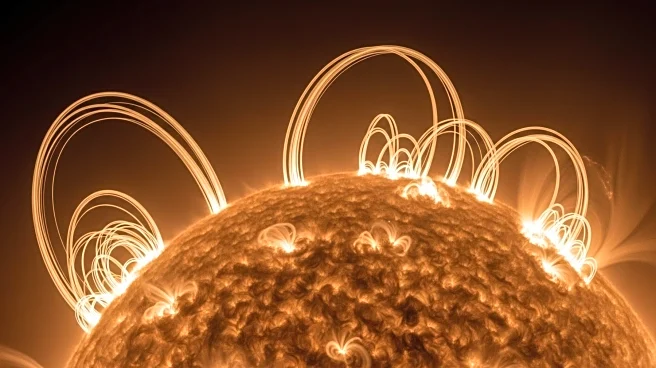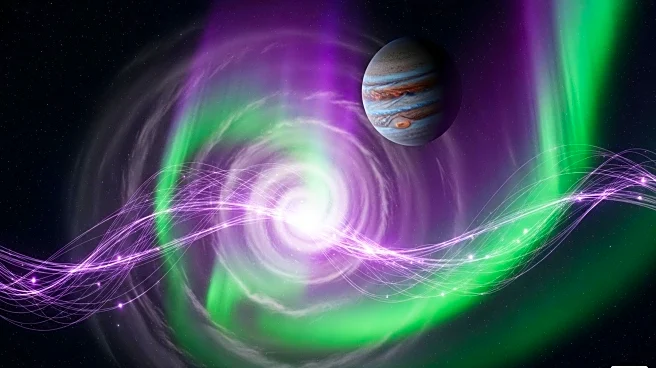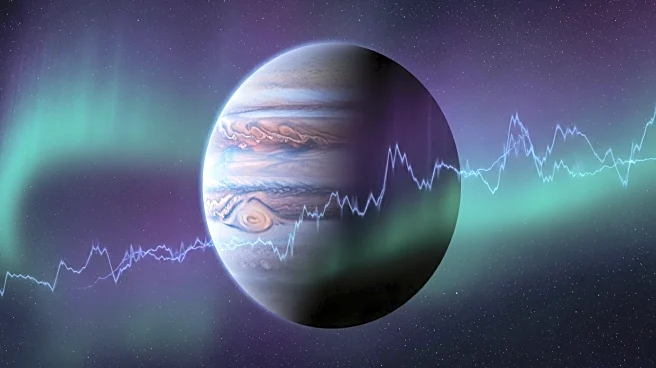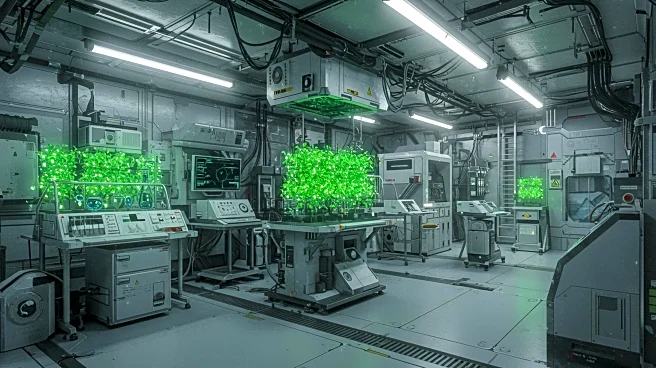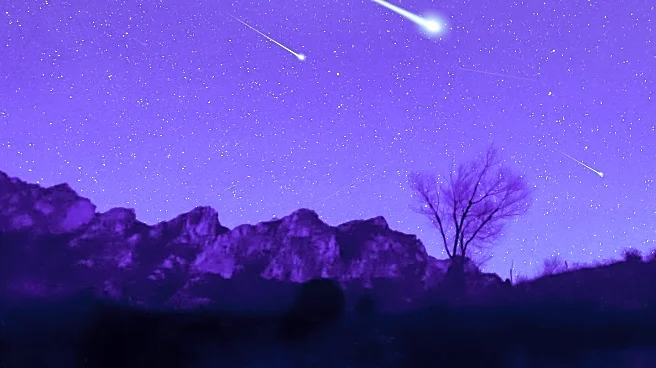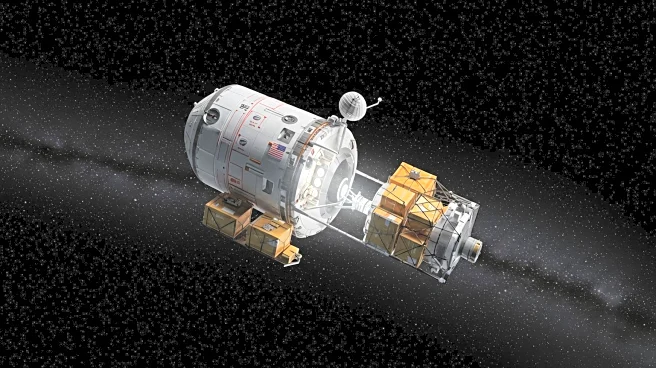Rapid Read • 6 min read
Romanian astrophotographer Maximilian Teodorescu captured a rare solar tornado and eruptive prominence simultaneously, showcasing the sun's magnetic activity. The solar tornado, measuring about 80,000 miles high, was observed alongside a massive plasma eruption. These phenomena are linked to instability in the sun's magnetic field, which can lead to coronal mass ejections (CMEs). Although the CME from this event is not directed at Earth, increased solar wind from other activities may enhance aurora visibility at higher latitudes. The sun is currently at its solar maximum, a period marked by heightened solar activity, including flares and eruptions.
AD
The observation of these solar phenomena is significant for understanding the sun's magnetic dynamics and their potential impact on Earth. Increased solar activity during the solar maximum can affect satellite operations, communication systems, and power grids due to geomagnetic storms. The visibility of auroras at higher latitudes offers a unique opportunity for scientific study and public engagement with space weather phenomena. Understanding these events helps in predicting and mitigating their effects on technological infrastructure.
As the sun continues its solar maximum phase, scientists and researchers will monitor solar activity closely to predict potential impacts on Earth. The increased visibility of auroras may lead to more public interest and scientific observations. Researchers will continue to study the sun's magnetic field dynamics to improve forecasting models for solar storms and their terrestrial effects.
AD
More Stories You Might Enjoy
